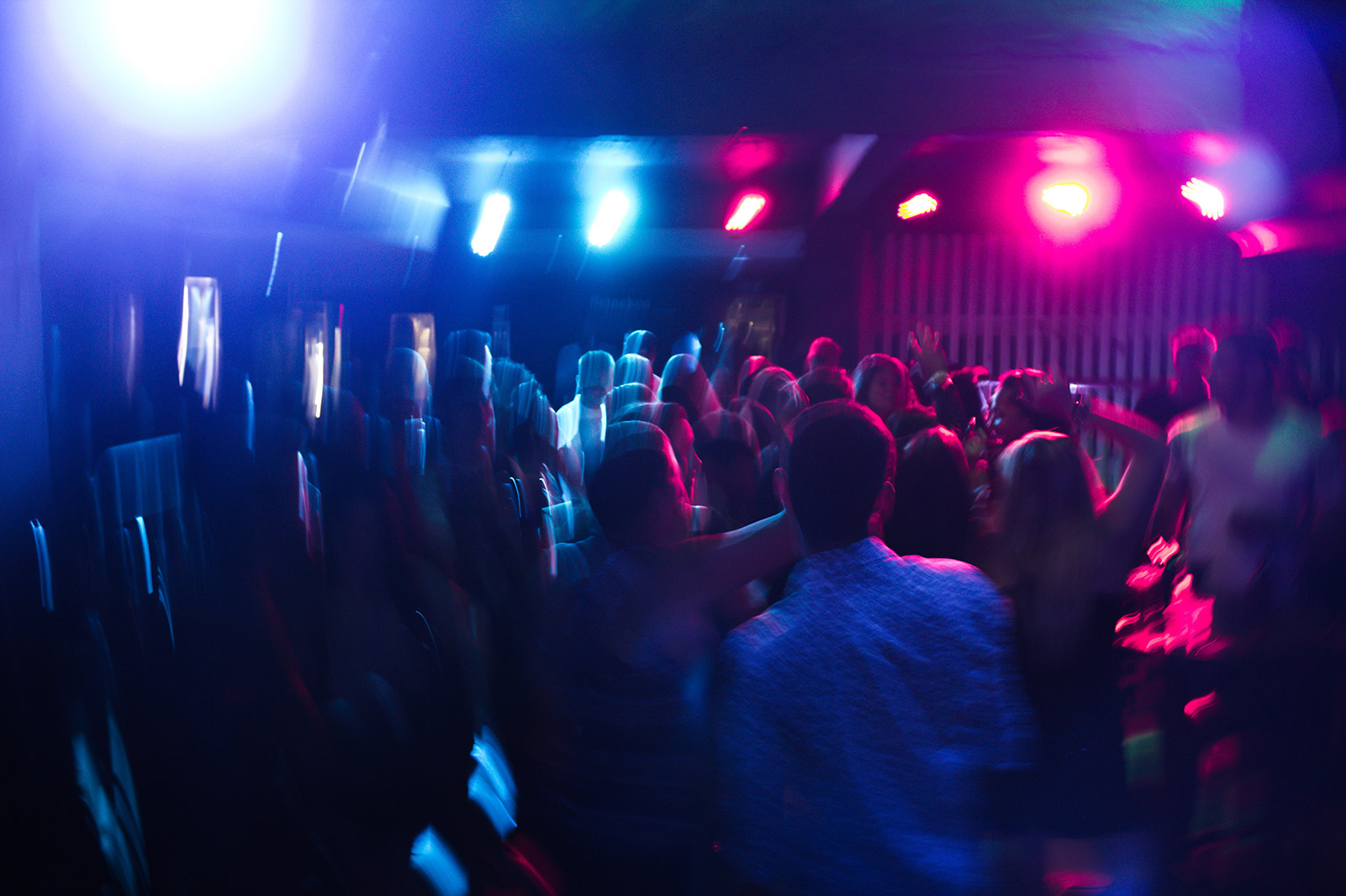The amount and kinds of sensory stimuli in a context can dramatically affect an experience design scene. Sounds, smells, and sights can sometimes be so intense that they demand peoples’ attention. The machines in a casino or an arcade create a din of sound that can facilitate thoughts of “winning” because people know these sounds from the times they have played such games. In theme parks, hotels, and some restaurants, background music, and sound effects are played to create a sense of time and place. The lack of sensory stimuli can have the same effect. For example, the still, quiet in a sensory deprivation tank “float” can cause people to lose track of time and fix their thoughts on ideas that are often obscured by the business of their daily lives
